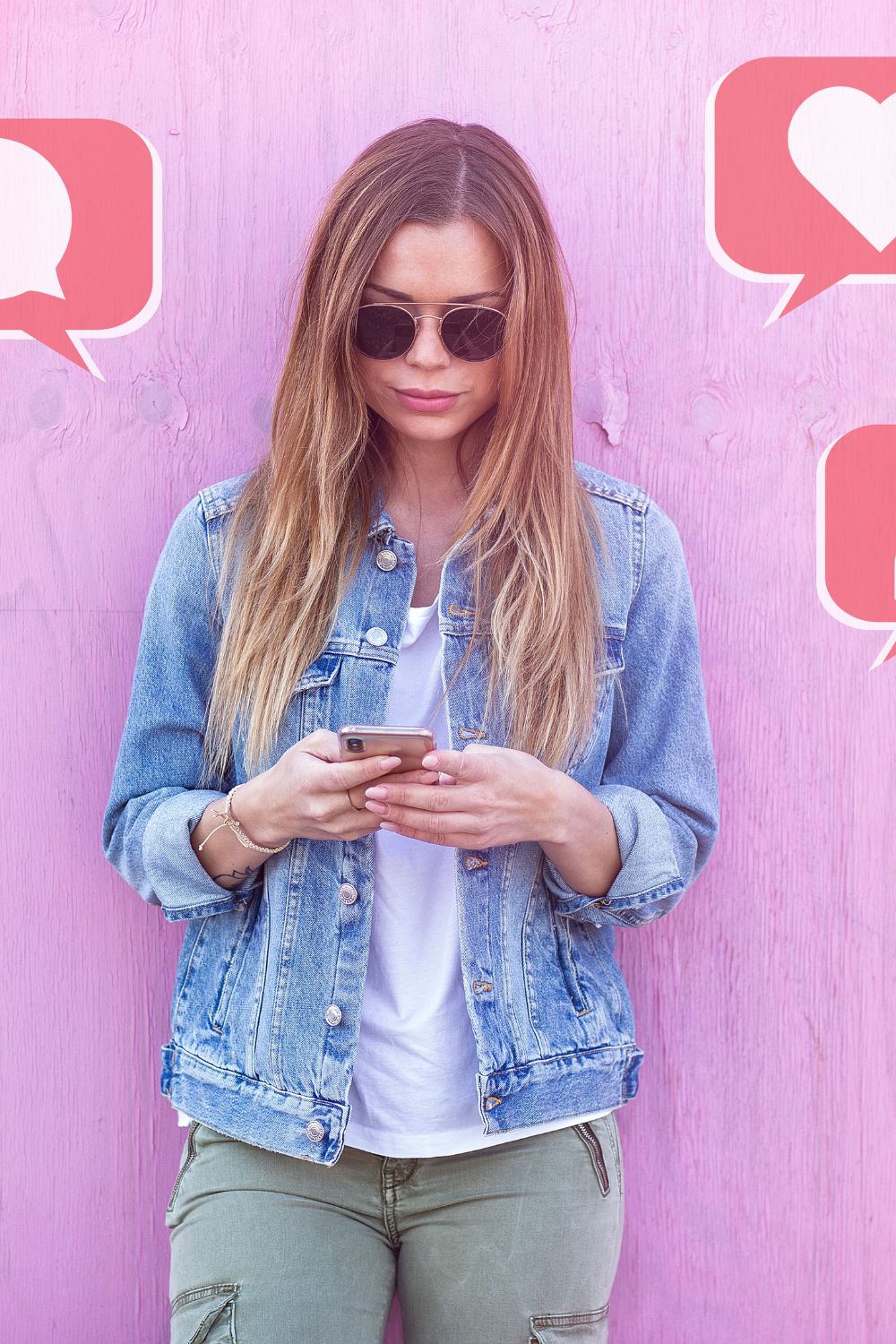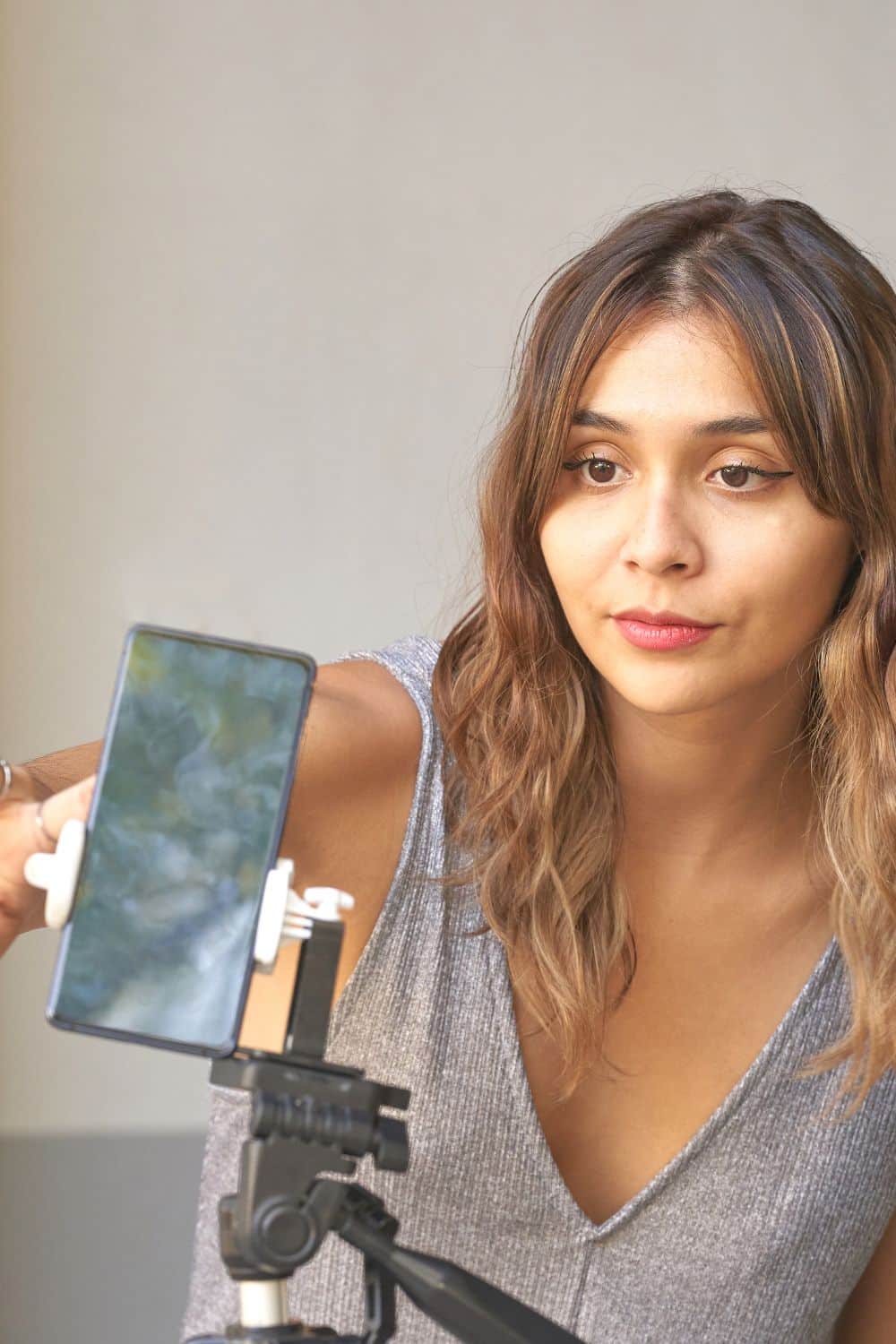Find out the The Impact of Social Media on Body Image Among Generations.
The Impact of Social Media on Body Image Among Generations
Social media has become an integral part of our lives, influencing how we think, communicate and perceive the world around us. These platforms shape perceptions across generations, affecting self and social views. Understanding its effects is essential for positive and constructive use.
The Evolution of Body Image Perceptions in Different Generations
Body image perceptions have shifted significantly over the decades. In earlier times, limited exposure to standardized beauty ideals resulted in a diverse range of accepted body images. As media evolved, so did the representation of body types, heavily influenced by celebrities and public figures. The rise of television and magazines in the 20th century brought about a more homogenous ideal, often unattainable for the average person.
Today, social media platforms are at the forefront of influencing body image. These platforms showcase a wide array of body types but often promote unrealistic beauty standards. The instant nature of social media allows for rapid dissemination of body images, making them more accessible to a broader audience than ever before.
Social Media’s Role in Shaping Body Image
Social media has become a dominant force in shaping perceptions of body image, especially among younger generations. Platforms like Instagram, TikTok, and Facebook are replete with images and videos showcasing idealized bodies, often edited or filtered to enhance appearance. This constant exposure can lead to dissatisfaction and negative body image, particularly among teenagers and young adults.
Furthermore, the interactive nature of social media, with its likes, comments, and shares, can amplify concerns about body image. Positive feedback on social media can reinforce the desire to maintain or achieve a certain body type, while negative feedback or a lack of engagement can lead to feelings of inadequacy.
Generational Differences in the Experience of Body Image
The impact of social media on body image varies across different generations. For instance, Generation Z, having grown up with social media, is more likely to be influenced by these platforms. They are more exposed to and engaged with social media influencers, which can shape their perceptions of an ideal body.
Older generations, like the Baby Boomers or Generation X, experienced their formative years without the pervasive influence of social media. Their body image perceptions were more likely shaped by traditional media, such as television and magazines. Consequently, while they may be affected by social media, it is often to a lesser degree compared to younger generations.
Psychological Impacts and the Role of Positive Representation
The psychological impact of social media on body image can be significant. Constant exposure to idealized images can lead to body dissatisfaction, lower self-esteem, and in some cases, eating disorders. These effects are particularly pronounced among vulnerable populations, including teenagers and young adults.
However, there is a growing movement towards positive body representation on social media. More individuals and brands are advocating for the representation of diverse body types, questioning traditional beauty standards. This positive representation can play a vital role in mitigating the negative effects of social media on body image.
The Significance of Professional Input in Body Image Issues
Sometimes, individuals might consider medical or surgical procedures to alter their appearance. In such cases, relying on the surgical experience of a surgeon like Dr. Neinstein becomes necessary. It’s essential to seek professional advice to understand the implications and ensure that any decision made is informed and safe.
The Role of Social Media in Amplifying Voices
Social media has the unique capability to amplify diverse voices and perspectives on body image. Individuals from various backgrounds can share their experiences, questioning the narrow definitions of beauty that have been historically prevalent. This inclusivity promotes a more realistic portrayal of bodies, embracing all sizes, shapes, and colors.
Campaigns and movements that celebrate body diversity have found a robust platform on social media. They offer support networks and foster communities that uplift individuals who might feel marginalized by mainstream beauty standards. Through these communities, people can find representation, validation, and encouragement, which is important in building a positive body image.
Conclusion
The relationship between social media and body image is complex and multifaceted, affecting different generations in varied ways. While social media can negatively influence body image perceptions, it also offers a platform for promoting diversity and positive body representation. Understanding these dynamics is essential in addressing body image issues and promoting a healthier, more inclusive perception of beauty.


Leave A Reply!